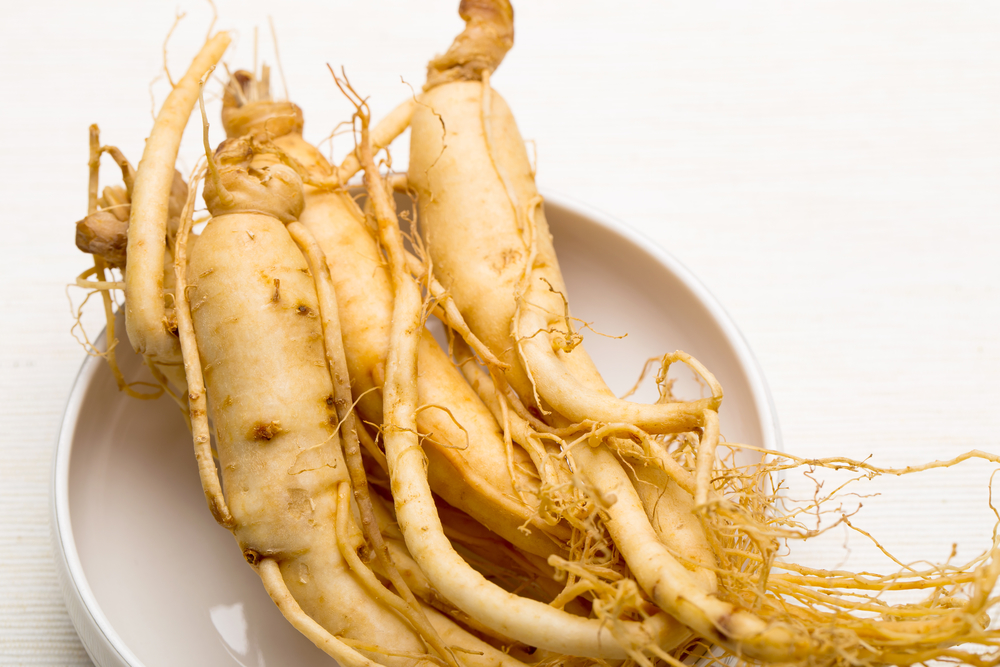What you should know about PD-1 inhibitors
 As newly DFA-approved anticancer drugs, PD-1 inhibitors have become famous overnight among medical scientists and cancer patients. As the success of years of immunotherapy research, they bring new hope for many cancer patients.
As newly DFA-approved anticancer drugs, PD-1 inhibitors have become famous overnight among medical scientists and cancer patients. As the success of years of immunotherapy research, they bring new hope for many cancer patients.
What are PD-1 inhibitors?
PD-1 inhibitors, including PD-1 antibody and PD-L1 antibody, are new immunotherapy drugs against tumors. Programmed cell death 1 (PD-1) is a protein on the immune cells lymphocytes, and tumor cells can produce a protein PD-L1 to bind to PD-1, thus shutting down the ability of immune cells to kill the tumor on its own. PD-1 inhibitors work by blocking a protective mechanism of cancer cells and thus allow the immune system to destroy them.
What are PD-1 inhibitors on the market?
Up to now, five PD-1 inhibitors have been listed in dozens of countries in Europe and America. The listed PD-1 antibodies include Nivolumab and Pembrolizumab, and PD-L1 antibodies are Atezolizumab, Avelumab, and Durvalumab.
As the published data show, the efficacy of the five PD-1 inhibitors are almost equal, and patients can choose the most cost-effective one based on their conditions.
What are the approved indications of PD-1 inhibitors?
How effective are PD-1 inhibitors?
In most unselected solid tumors, the effectiveness of PD-1 inhibitor alone is not high, about 10%-30%. The only exception is the classic Hodgkin’s lymphoma, which has an efficiency of more than 60%.
PD-1 inhibitors show no superior efficacy, but why are scientists so crazy and obsessed? The main reason is its persistent efficacy. Because the immune system has memory cells, once PD-1 inhibitors work, some of the patients can enjoy a clinical cure without the recurrence and progression in the next five years or even ten years.
The good performance of PD-1 inhibitors has also been observed in malignant melanoma, renal cancer, and non-small cell lung cancer, which were the first tumors treated with PD-1 inhibitors. The appearance of PD-1 inhibitors largely extends the survival rate of advanced malignant melanoma and non-small cell lung cancer. The 5-year survival rate of advanced malignant melanoma has increased from about 15% to 35%, and the figure for advanced non-small cell lung cancer is 15%, two times longer than before.
What are the side effects of PD-1 inhibitors?
Generally, the overall side effects of PD-1 inhibitors are much smaller than traditional chemotherapy and radiotherapy. The most common side effect is “flu”-like symptoms like fever, fatigue, dizziness, muscle aches, lethargy, etc.
Approximately 5%-10% of patients will suffer severe immune-related inflammatory reactions and occur thyroid inflammation, immune pneumonia, enteritis, hepatitis, and even myocarditis. When the immune inflammation occurs, patients shall see the doctor receive treatment immediately.
Due to the huge potential of PD-1 inhibitors, scientists have already worked on the study of the synergistic effects of PD-1 inhibitors and other anticancer drugs. The combination therapy will largely improve the overall survival and progression-free survival of cancer patients.


